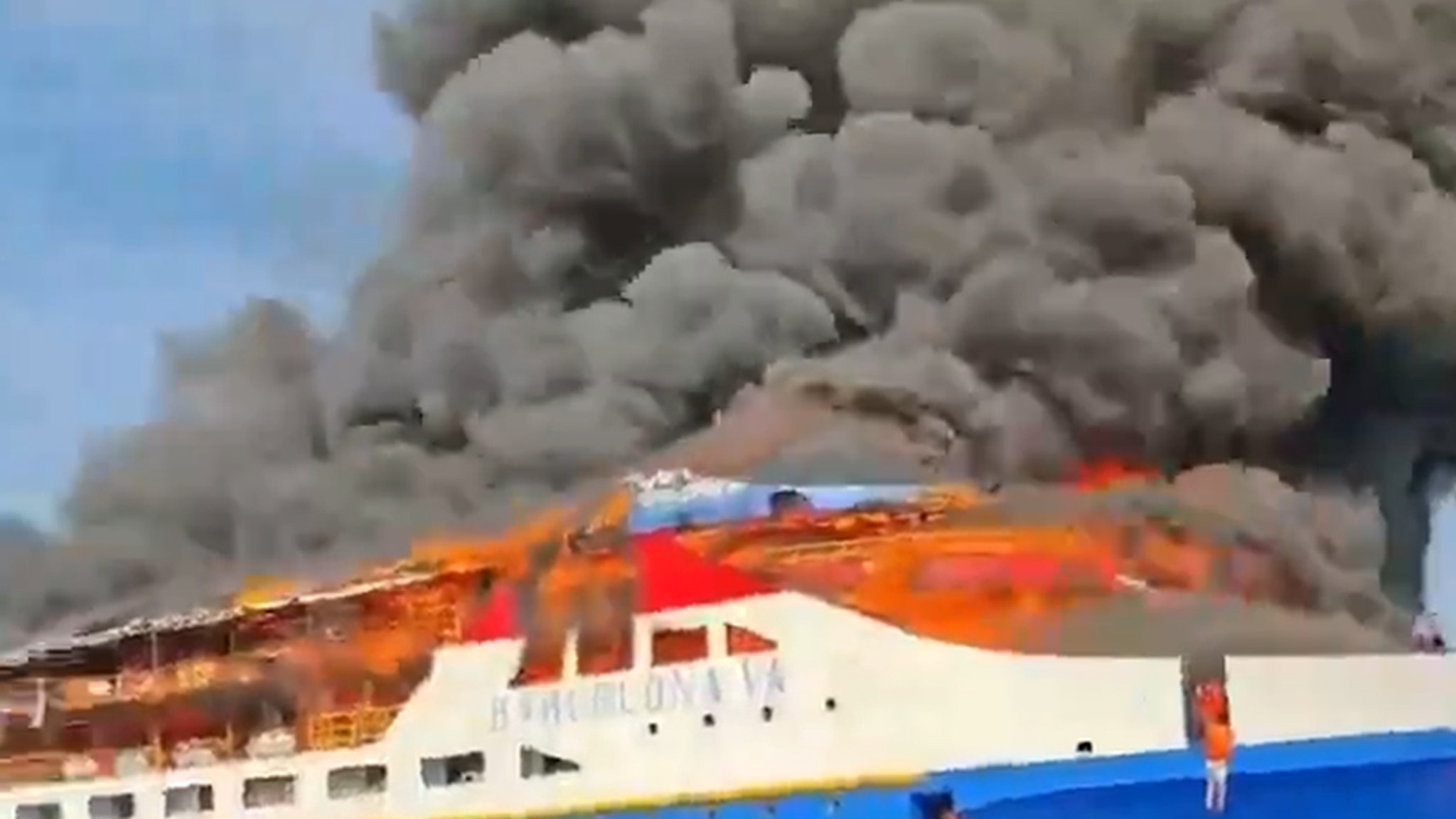A catastrophic fire broke out aboard the KM Barcelona 5 ferry off the coast of Sulawesi Island, Indonesia, unleashing chaos as approximately 280 passengers fought to escape the inferno. Reports indicate that the blaze erupted unexpectedly as the vessel was on its way to Manado, leading to a desperate scramble for survival. Tragically, at least five individuals lost their lives, including reports of a pregnant woman among the victims, casting a shadow of sorrow over the rescue efforts that unfolded
Did You Know
Koalas have fingerprints like humans.
?
AD
in the aftermath of the disaster.
Eyewitness accounts and harrowing footage revealed the terrifying moments as terrified passengers jumped into the sea, many donning life jackets in a frantic bid to stay buoyant. Among the incredible stories of courage, one survivor recorded a video of himself clinging to a baby in the water, emblematic of the bravery displayed amidst the panic. As the navy and coastguard worked tirelessly in a coordinated rescue operation, over 280 passengers were retrieved from the water, a testament to the swift response amid dire circumstances.
This incident has reignited critical conversations about maritime safety in Indonesia, a nation long plagued by similar tragedies at sea. As authorities continue their investigations, questions loom about the protocols in place to protect vulnerable ferry passengers. With each passing hour, the emotional toll of this calamity deepens, serving as a poignant reminder of the fragility of life and the human spirit's unwavering resolve in the face of disaster.
Q&A (Auto-generated by AI)
What caused the ferry fire in Indonesia?
The exact cause of the ferry fire is still under investigation. However, such incidents often stem from mechanical failures, electrical malfunctions, or human error. In this case, the fire broke out at the stern of the ferry, which could indicate issues related to the engine or fuel systems.
How many passengers were on the ferry?
The ferry, identified as KM Barcelona 5, was carrying approximately 280 passengers at the time of the incident. This number highlights the significant risk involved in maritime travel, especially during emergencies.
What safety measures are in place for ferries?
Ferries are typically required to adhere to safety regulations that include life jackets for all passengers, regular safety drills, and operational inspections. However, enforcement of these measures can vary, particularly in regions with less stringent oversight.
What are the common causes of ferry accidents?
Common causes of ferry accidents include mechanical failures, rough weather, overcrowding, and navigational errors. In many cases, inadequate safety protocols or emergency preparedness can exacerbate the consequences of these incidents.
How do rescue operations typically work at sea?
Rescue operations at sea often involve coordination between various agencies, including the navy and coast guard. They deploy boats and helicopters to reach stranded passengers, assess the situation, and provide medical assistance as needed.


















